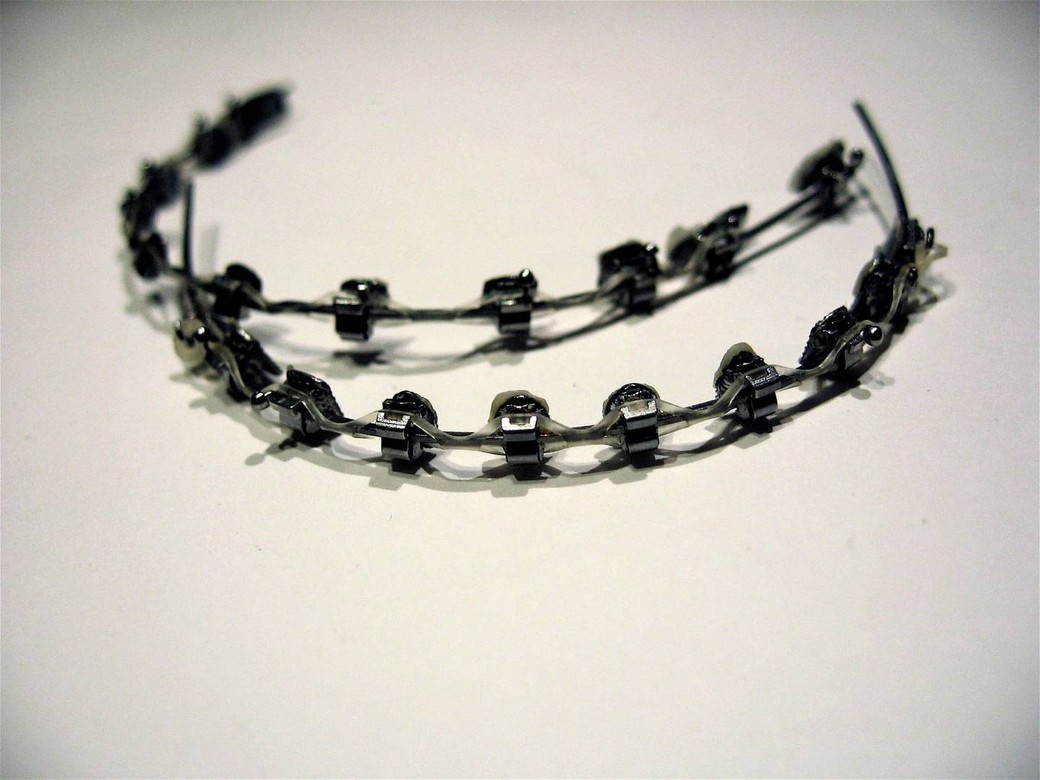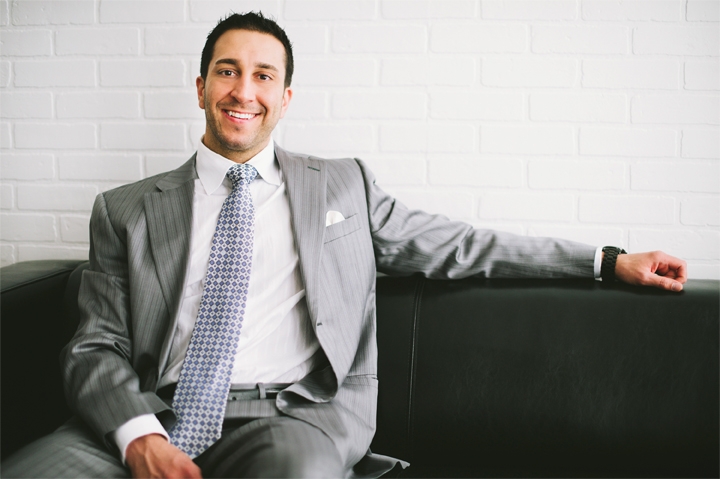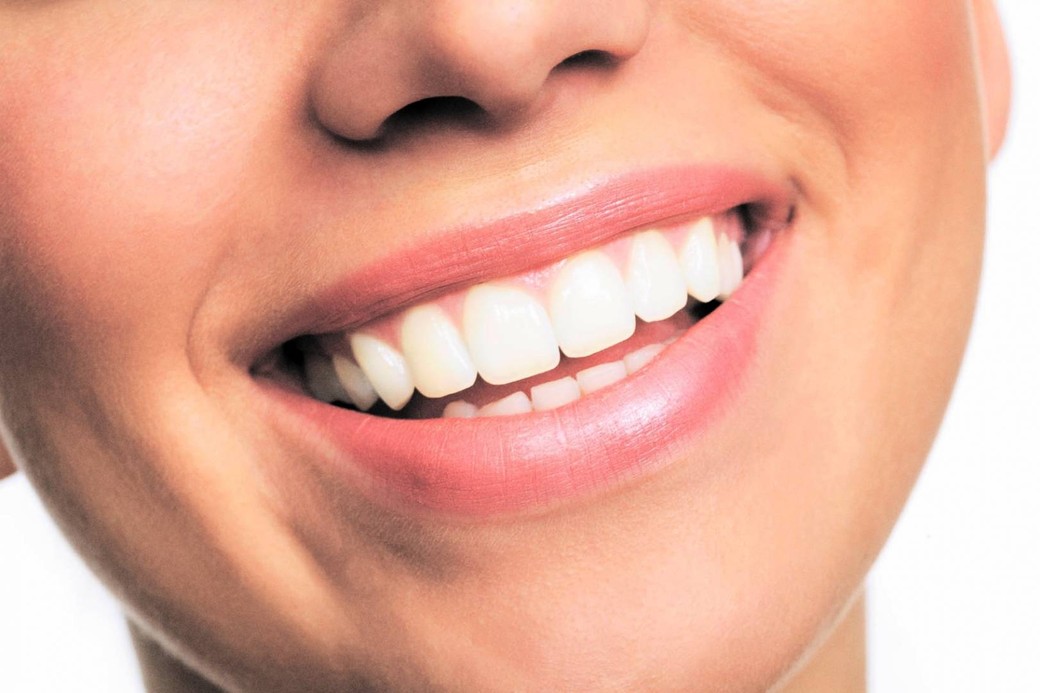
Orthodontic Treatments – Starting Young Can Improve Results
At the age of six, an orthodontist is usually able to see if a child has an underlying orthodontic problem or is a likely candidate to develop one. Whether caused by genetic influences or dental anomalies, when detected early, orthodontic problems can either be corrected or their impact greatly reduced. Here’s an overview of some common problems.
 1. Open Bite
1. Open Bite
One of the earliest manifestations of a potential problem is an anterior open bite. This can be a result of chronic thumb-sucking or finger-sucking. It can lead to a permanent open bite situation if not corrected early. Open bites can be difficult to eliminate and if they persist into adult dentition, it may require complex multiband orthodontic treatment or even surgery. However, there is a simple solution—taping the thumb to the palm of the hand at night with comforting words of encouragement can often eliminate this habit. The suckling urge is very much engrained in infants, but if the habit persists after the age of three, a consultation with an orthodontist is recommended.
____________________________________________________________________________________________________________________________________________________________________________
2. Mouth Breathing and Tongue thrusting
Mouth breathing and tongue thrusting can complicate or even worsen an underlying minor problem. Once the habit is eliminated, dental structures can be expected to rebound to the original genetic situation.
____________________________________________________________________________________________________________________________________________________________________________
 3. Posterior Crossbite
3. Posterior Crossbite
Another problem evident in young children is a posterior crossbite. The upper jaw, or maxilla, may be constricted causing the lower jaw to deflect to one side as it closes. This causes a crossbite. Facial asymmetry may result, but may not be obvious at the age of three. However, if left untreated the facial asymmetry will continue to develop and surgery may be necessary. Early treatment can be simple and very effective. An expansion appliance in the maxilla will often allow the lower jaw to assume a more normal path of closure.
____________________________________________________________________________________________________________________________________________________________________________
4. Anterior Crossbite
An anterior crossbite is when maxillary anterior teeth erupt behind the lower teeth. This can be a dental interference problem or may a skeletal problem. If it is dental, the earlier it is treated, the better. If left untreated, the anterior teeth will sustain chipping and damage because of the compromised occlusal function. If it is skeletal, it may require ongoing treatment and possibly surgical correction in the adult years. An orthodontist should be able to differentiate between skeletal or dental and advise early treatment or a combination of early treatment followed by surgery.
____________________________________________________________________________________________________________________________________________________________________________
5. Tooth Size
A tooth size problem results in crowding in the mouth. A decision to extract several deciduous teeth to encourage adult anterior teeth to erupt will create better anterior alignment. However, this usually means the crowding problem is transferred posteriorly within the arch and eventually extraction of adult teeth is required.
____________________________________________________________________________________________________________________________________________________________________________
 6. Overclosure
6. Overclosure
The opposite problem to the anterior open bite is a vertical overclosure. An overbite can be excessive, resulting in the lower arch being constricted and creating significant crowding. This can be treated early with expansion in both arches. This will open the vertical dimension so a normal overbite and overjet can be obtained.
____________________________________________________________________________________________________________________________________________________________________________
7. Extra Teeth
Extra teeth, or supernumeries, require early detection, as extra teeth will interfere with normal eruption of other adult teeth.
____________________________________________________________________________________________________________________________________________________________________________
 8. Diastemas
8. Diastemas
A maxillary diastema, or spacing between the teeth, is normal in the early years and usually closes as final eruption of adult teeth occurs. Depending on the size of the diastema and the overbite and overjet situation, early treatment is often advised. This may be followed by a frenectomy—where the ligament between the two centrals is surgically removed. This helps to maintain the space closure.
By Dr. Ian Milne.
 Dr. Ian Milne is an active member and a past President of the Canadian Association of Orthodontists and a member of both the American and World Federation of Orthodontists. He is a former President of the Canadian Foundation of Orthodontics and an active member of both the Ontario and Canadian Dental Associations. His Ottawa Clinic is at 239B Argyle Avenue Ottawa ON K2P 1B8 613-232-4266. www.bracesbymilne.com
Dr. Ian Milne is an active member and a past President of the Canadian Association of Orthodontists and a member of both the American and World Federation of Orthodontists. He is a former President of the Canadian Foundation of Orthodontics and an active member of both the Ontario and Canadian Dental Associations. His Ottawa Clinic is at 239B Argyle Avenue Ottawa ON K2P 1B8 613-232-4266. www.bracesbymilne.com










